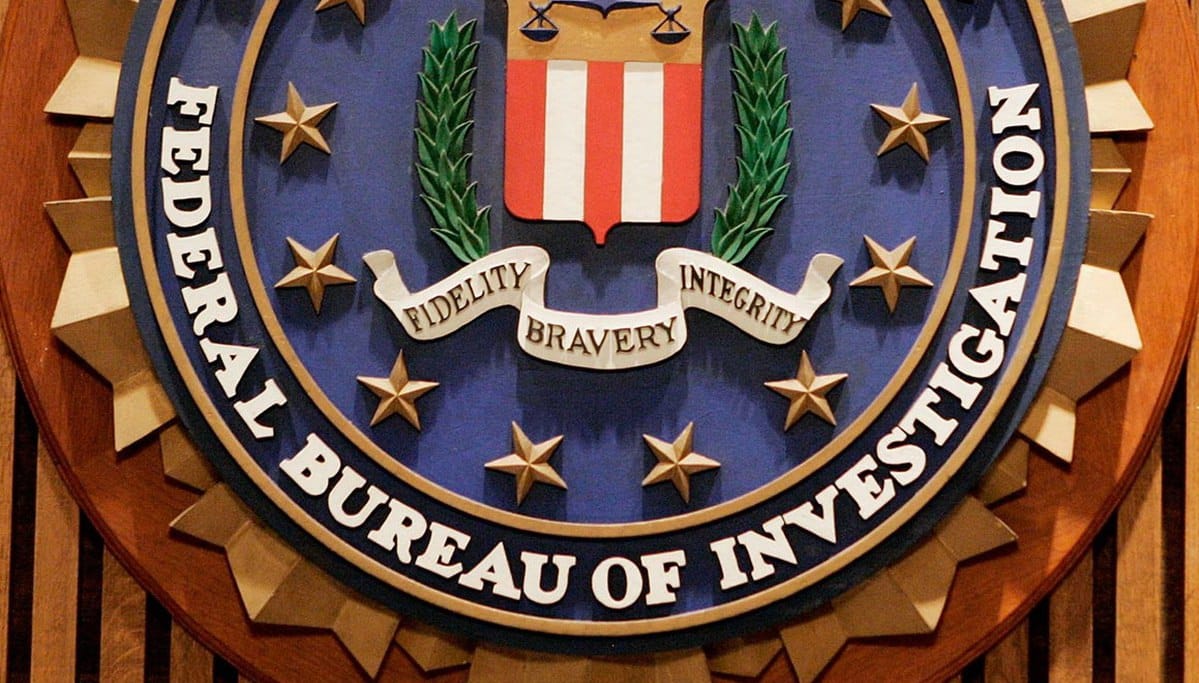Sinaloa Cartel Hired Hacker to Identify and Murder FBI Informants

In a chilling evolution of narco-warfare, the Sinaloa Cartel reportedly hired a hacker to infiltrate surveillance systems and mobile devices to track an FBI agent operating in Mexico—and to identify, intimidate, and ultimately murder FBI informants. This revelation comes from a newly released report by the U.S. Department of Justice’s Office of the Inspector General (OIG).
Key Findings from the OIG Report
The report paints a troubling picture of how one of the world’s most powerful drug cartels has embraced cyber tactics to protect its leadership and retaliate against law enforcement efforts.
Hacker’s Role and Access
The hacker, working on behalf of the cartel, allegedly breached:
- Security cameras in Mexico City
- Phones used by the FBI agent, including access to:
- Text messages and call logs
- Geolocation data
- Contact details of individuals tied to ongoing investigations
The compromised surveillance also included real-time monitoring of entry and exit points at the U.S. Embassy in Mexico City, allowing the cartel to identify and track individuals believed to be cooperating with the FBI.
Targeted Violence
The intelligence obtained through these breaches wasn’t merely stored—it was weaponized. The cartel used the data to identify, threaten, and in some cases assassinate informants and witnesses involved in investigations tied to former cartel leader Joaquín “El Chapo” Guzmán.
Discovery and Investigation
According to the report, the FBI became aware of the hacker’s existence in 2018, after a cartel insider provided details of the infiltration. The incident set off a broader internal review and sparked concerns about systemic gaps in protecting agents and sources from digital surveillance.
A New Era of Surveillance: Cyber Meets Cartel
The report identifies this form of attack as “ubiquitous technical surveillance” (UTS)—a growing threat that blends cyber intrusion, financial tracking, and physical surveillance into one seamless intelligence operation.
In this case, the hacker had apparent access to Mexico City’s CCTV infrastructure, enabling:
- Live tracking of the FBI agent and known associates
- Monitoring of Embassy traffic and patterns
- Identification of potential cartel threats through proximity and behavior analysis
This hybrid approach reflects a paradigm shift in cartel operations, where cyber capabilities are no longer supplemental—they're central to counterintelligence and enforcement evasion.
FBI Missteps and Security Gaps
The OIG report also levels serious criticism at the FBI, particularly its internal “red team” responsible for defending against advanced threats like UTS.
According to the findings, the red team:
- Underestimated the risks posed by technical surveillance
- Failed to develop a long-term counter-surveillance strategy
- Suffered from poor coordination between departments, leading to delayed responses and overlooked vulnerabilities
In its official response, the FBI partially agreed with the OIG’s conclusions, stating it would:
- Reassess UTS risks across the agency
- Enhance agent training in cybersecurity and operational security
- Improve collaboration between cyber and field operations units
The Cartel’s Resilience Post–El Chapo
Even after El Chapo’s conviction and life sentence on 26 federal counts—including drug trafficking, murder conspiracies, and organized crime—the Sinaloa Cartel remains a powerful and adaptive force. Several top operatives have been arrested, but the organization continues to control major drug corridors and maintains a global presence.
This case reveals the cartel’s increasing investment in digital intelligence and surveillance, signaling a shift in how organized crime fights back against law enforcement.
Why It Matters
The OIG report serves as a wake-up call for global security agencies. Narco-cartels are no longer limited to guns, cash, and intimidation—they’re now engaging in cyber-espionage, real-time surveillance, and digital counterintelligence.
As law enforcement increasingly depends on technology to combat organized crime, criminal networks are evolving to match—and in some cases, outpace—that sophistication.
This escalation forces a hard question: Are intelligence and security agencies prepared to face adversaries who not only shoot back but also hack back?
Stay tuned for continued coverage as the FBI and other international law enforcement agencies respond to the growing cyber dimensions of cartel warfare.




